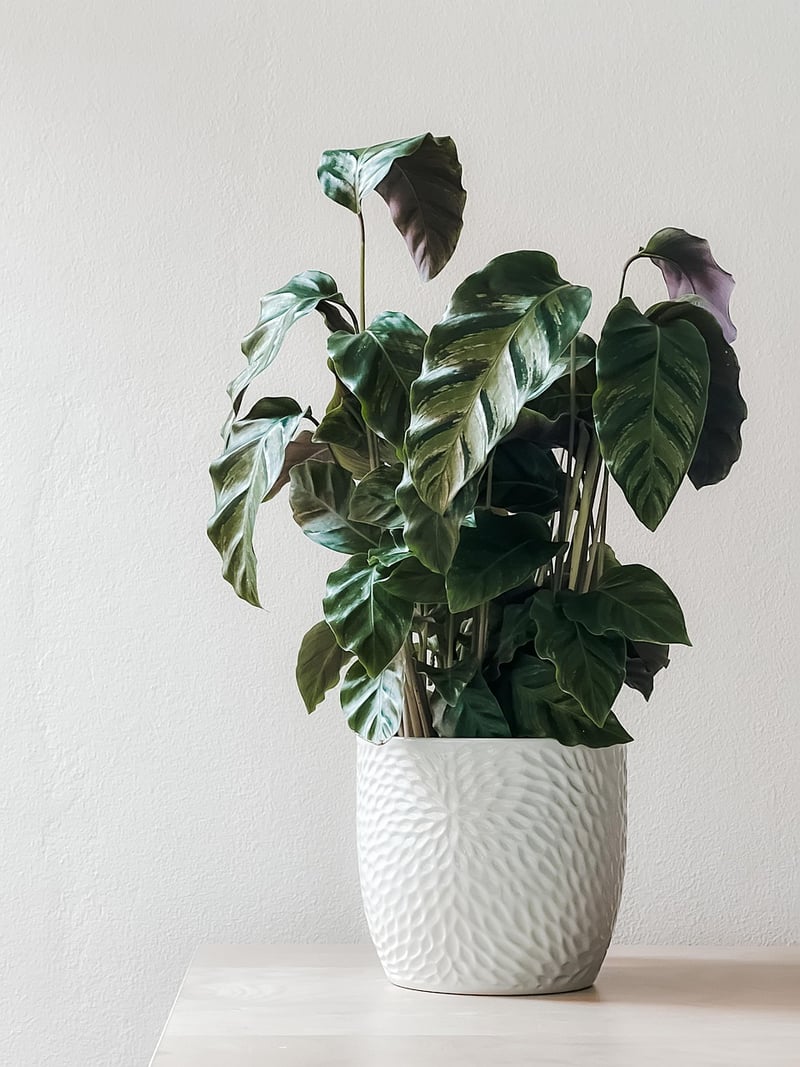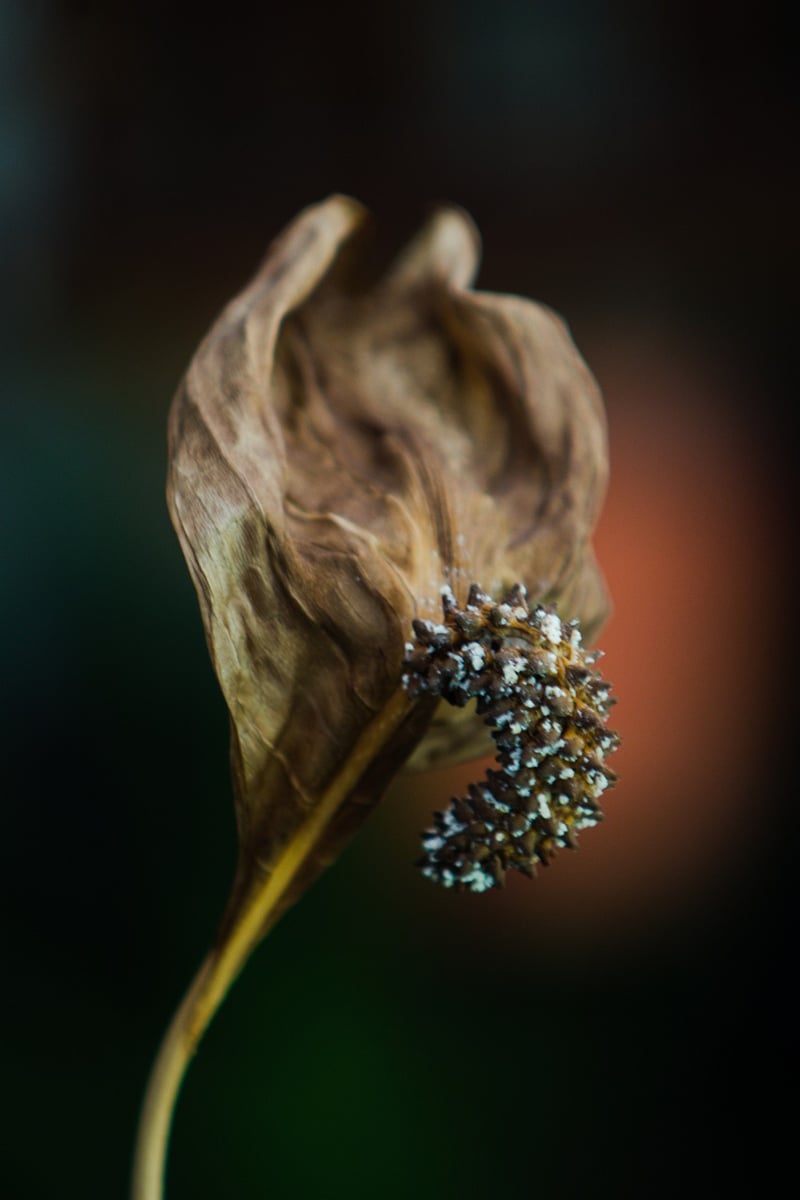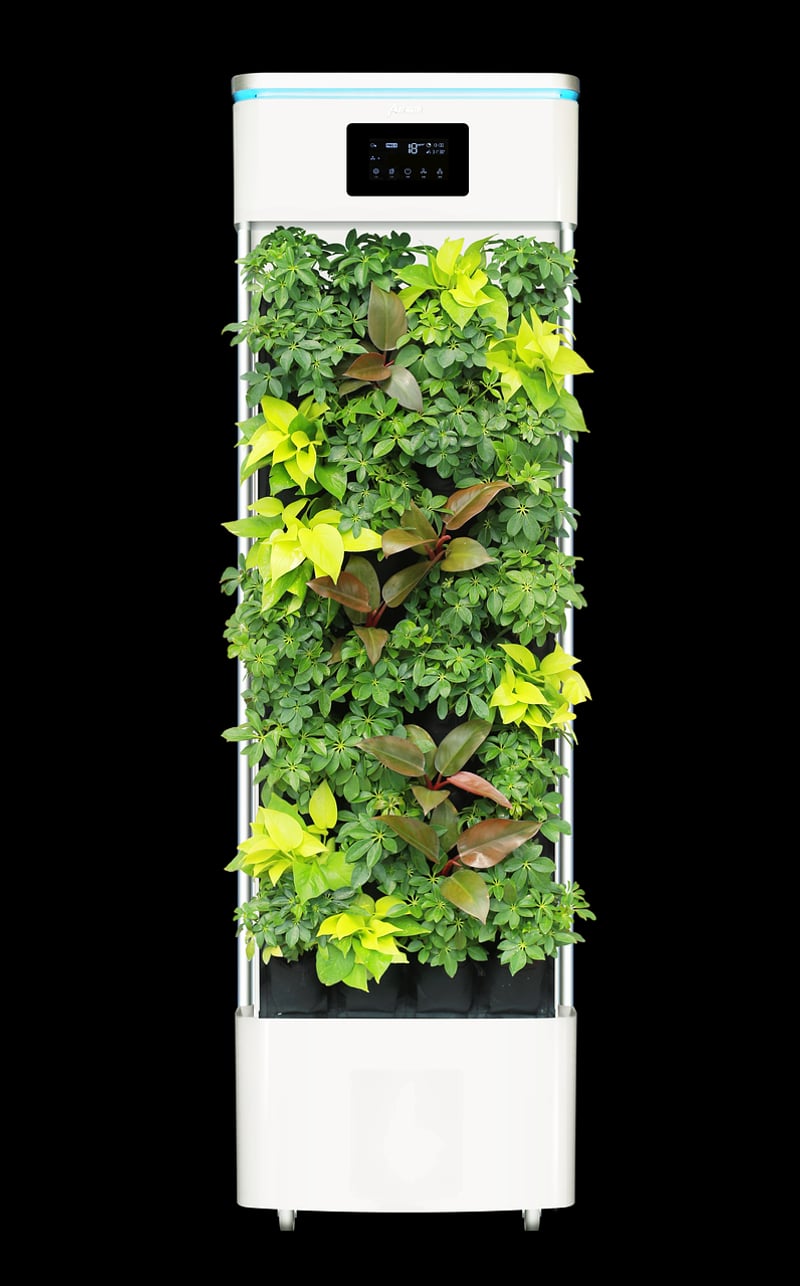Air-purifying plants
Creating Green Sanctuaries Indoors with Air-Purifying Plants
Welcome to the ultimate guide on transforming your living spaces into green sanctuaries by incorporating air-purifying plants. In today's fast-paced world, bringing a touch of nature indoors not only enhances the aesthetics but also contributes to a healthier living environment. Let's explore the benefits of indoor plants and discover some of the best air-purifying options to elevate your space.
The Benefits of Indoor Plants
Indoor plants do more than just add visual appeal to your home or office. They also offer numerous health benefits:
- Improve air quality by absorbing toxins and releasing oxygen.
- Boost mood and reduce stress levels.
- Enhance concentration and productivity.
- Add humidity to the air, reducing dryness.
- Provide a sense of tranquility and well-being.
Air-Purifying Plants for Your Sanctuary
When it comes to selecting plants for air purification, consider these popular options:
-
Snake Plant (Sansevieria trifasciata)

The snake plant is a hardy succulent known for its air-purifying qualities. It thrives in low light conditions and is effective at filtering out toxins like formaldehyde and benzene.
-
Spider Plant (Chlorophytum comosum)

Spider plants are easy to care for and excellent at removing harmful substances like carbon monoxide and xylene from the air. They also produce "spiderettes" that can be propagated into new plants.
-
Peace Lily (Spathiphyllum)

The peace lily is a beautiful flowering plant that helps combat mold spores, making it ideal for bathrooms or damp areas. It also removes toxins like ammonia and formaldehyde.
By incorporating these air-purifying plants into your indoor spaces, you can create a green sanctuary that promotes both physical and mental well-being. Remember to provide proper care in terms of light, water, and occasional fertilization to ensure the plants thrive.
Start your journey to a healthier and more serene environment by welcoming these green companions into your home or office today!
References: World Health Organization, National Center for Biotechnology Information
